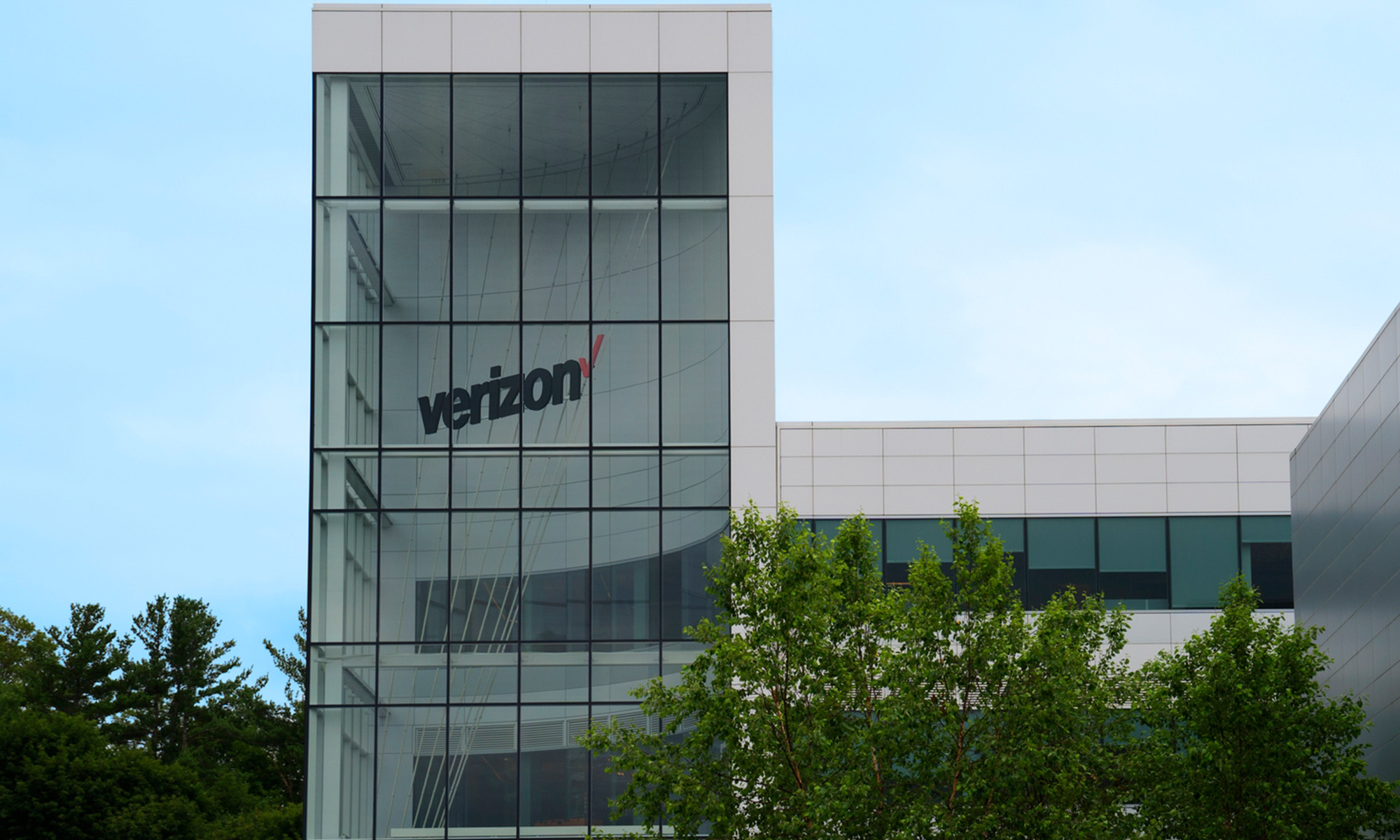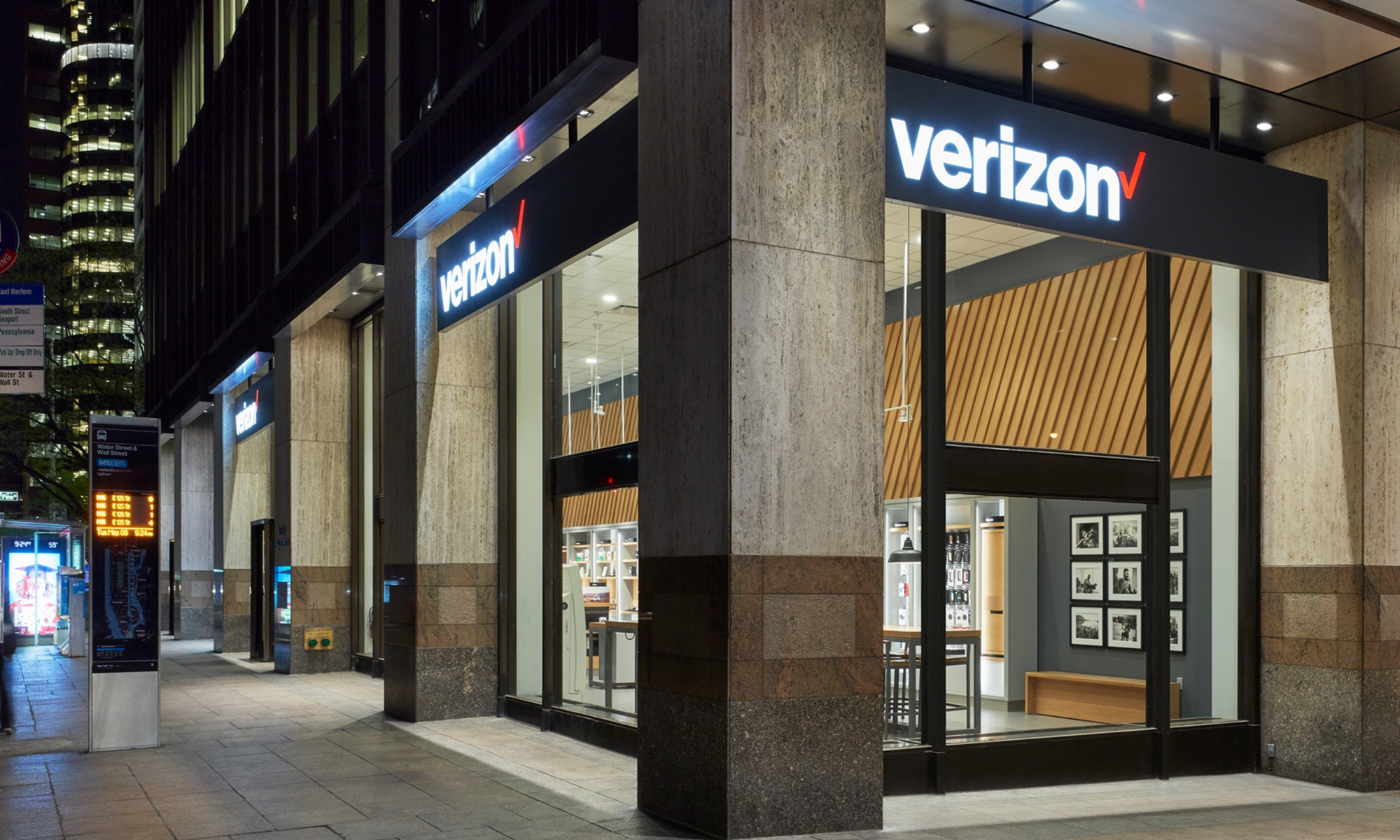Verizon Communications (VZ 1.46%), the U.S. wireless and broadband provider, is back in focus for income seekers after another annual dividend raise and a steady 2025 outlook. Shares have hovered around the mid-$40s recently, putting the stock's dividend yield north of 6% after the board's early September increase. The headline here isn't just the payout -- it's the improving cash picture behind it and what that says about sustainability.
In late July, Verizon reported better-than-expected second-quarter results and lifted its full-year outlook. Investors now have a clearer read on the company's ability to balance growth spending and cash returns for shareholders. Still, given some of the headwinds the company is facing, the question is whether today's high yield is a genuine opportunity for investors or a value trap.

Image source: Getty Images.
Solid growth in the context of the stock's valuation
For a stock trading at just 10 times earnings, Verizon's business momentum is solid.
Second-quarter revenue rose 5.2% year over year to $34.5 billion, with wireless service revenue up 2.2%. Adjusted earnings per share came in at $1.22, up from $1.15 a year ago, and management raised 2025 guidance for adjusted earnings-per-share growth to 1% to 3%. Free cash flow was $8.8 billion for the first half -- up slightly from the same period last year -- prompting an increase in full-year free cash flow guidance to a range of $19.5 billion to $20.5 billion. Management also highlighted net unsecured leverage trending down to 2.3 times adjusted EBITDA, reflecting both operational progress and disciplined capital allocation.
On the flipside, not everything is going well for the company, which is why its shares trade at such a cheap valuation. Consumer wireless retail postpaid churn was 1.12% in the second quarter of 2025 as the company leaned into promotions amid a competitive backdrop. Additionally, business wireless retail postpaid churn was 1.61%.
But the company emphasized that its higher-tier "MyPlan" adoption and broadband momentum are supporting service revenue and profitability even through periods of elevated promotional intensity.
"[O]ur capital allocation framework remains unchanged," Verizon Chief Financial Officer Tony Skiadas said during the company's second-quarter earnings call. "We will continue to strategically invest in the business ... [to] support a healthy and growing dividend and [keep] paying down debt toward our long-term leverage target."
CEO Hans Vestberg added that, beyond Verizon's dividend, the company's strategic financial goals are to grow service revenue, expand adjusted EBITDA, and generate strong free cash flow.
Dividend, valuation, and risks
Meanwhile, Verizon's dividend continues to play a key role in shareholder returns -- and that dividend continues to grow. Indeed, on Sept. 5, Verizon increased its quarterly payout to $0.69 per share -- its 19th consecutive annual raise. At a recent price near $44, that implies a yield just over 6%.

NYSE: VZ
Key Data Points
First-half dividends paid were about $5.7 billion; with full-year free cash flow now guided to $19.5 billion to $20.5 billion, Verizon's cash dividend outlay appears headed for roughly the mid-50% payout range on free cash flow this year, leaving meaningful room to reduce debt and keep investing.
Vestberg emphasized that Verizon's capital allocation priorities remain: invest in the network, keep growing the dividend, pay down debt, and consider buybacks after leverage moves lower.
For a slow-growth telecom company, the stock's valuation of 10 times earnings is reasonable. That said, there are risks investors should weigh. Wireless competition remains intense, and promotions can pressure net adds in the near term. Additionally, capital intensity is ongoing as Verizon expands 5G capacity and fiber; management also plans to close its Frontier fiber acquisition, which will require careful integration even as it unlocks future revenue opportunities. Finally, while leverage is trending down, debt levels are still significant and keep interest rates relevant to the story.
Overall, Verizon offers a compelling dividend income profile supported by rising free cash flow and a straightforward approach to improving its balance sheet. But competition remains intense. Still, the combination of a more than 6% yield, a long track record of increases, and a payout covered by cash generation makes the stock a solid option for income-focused investors willing to accept modest growth and competitive friction along the way.






